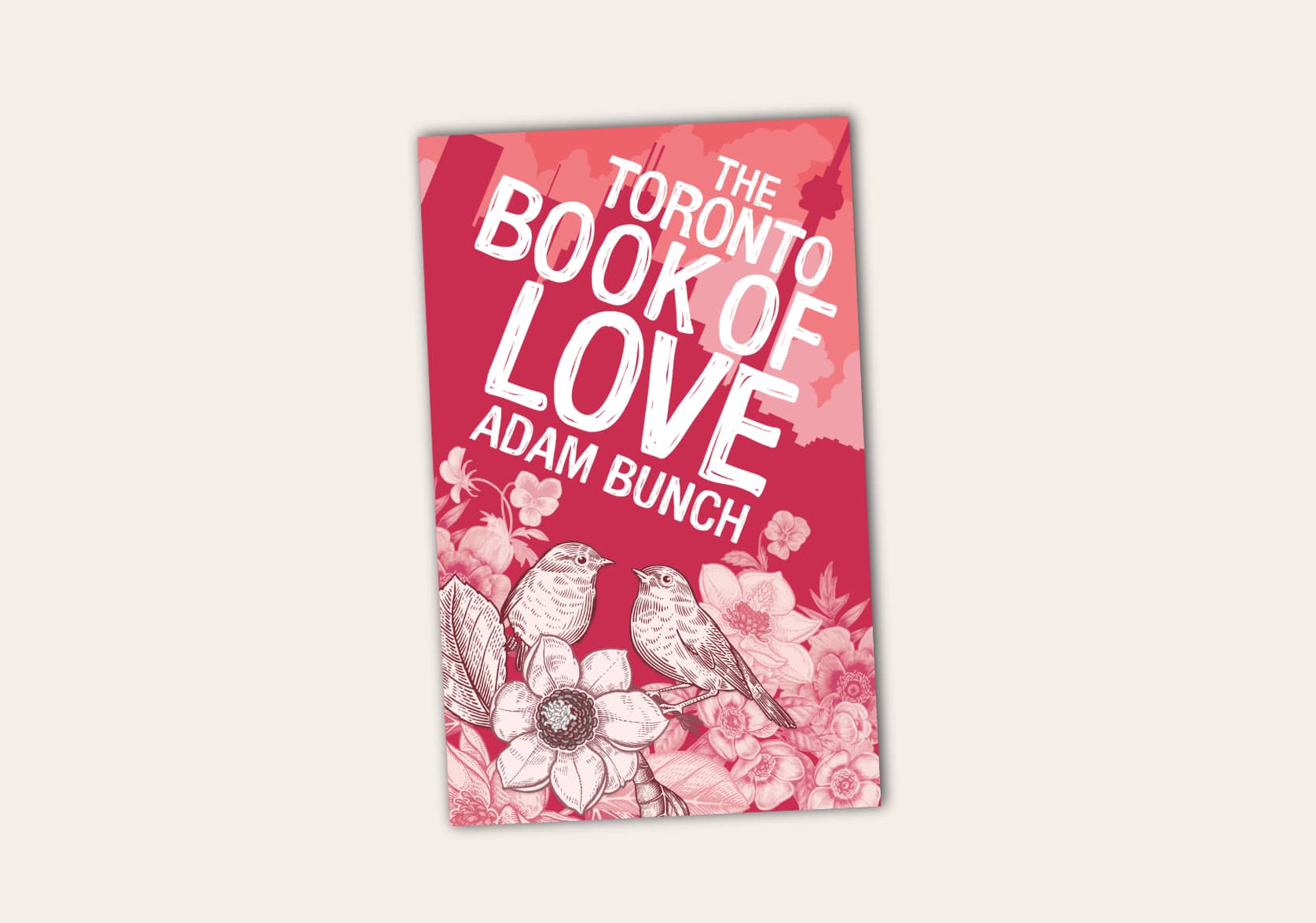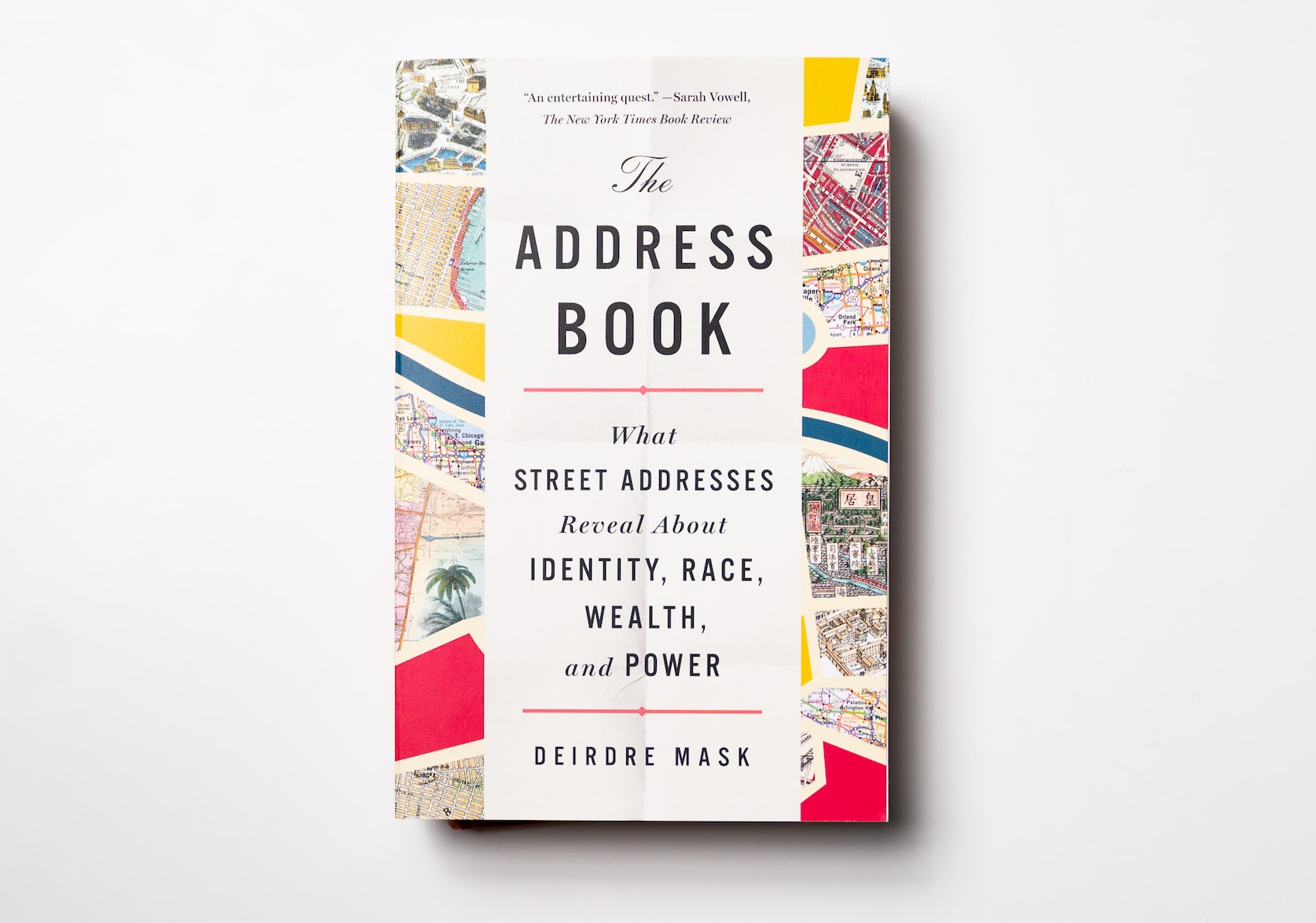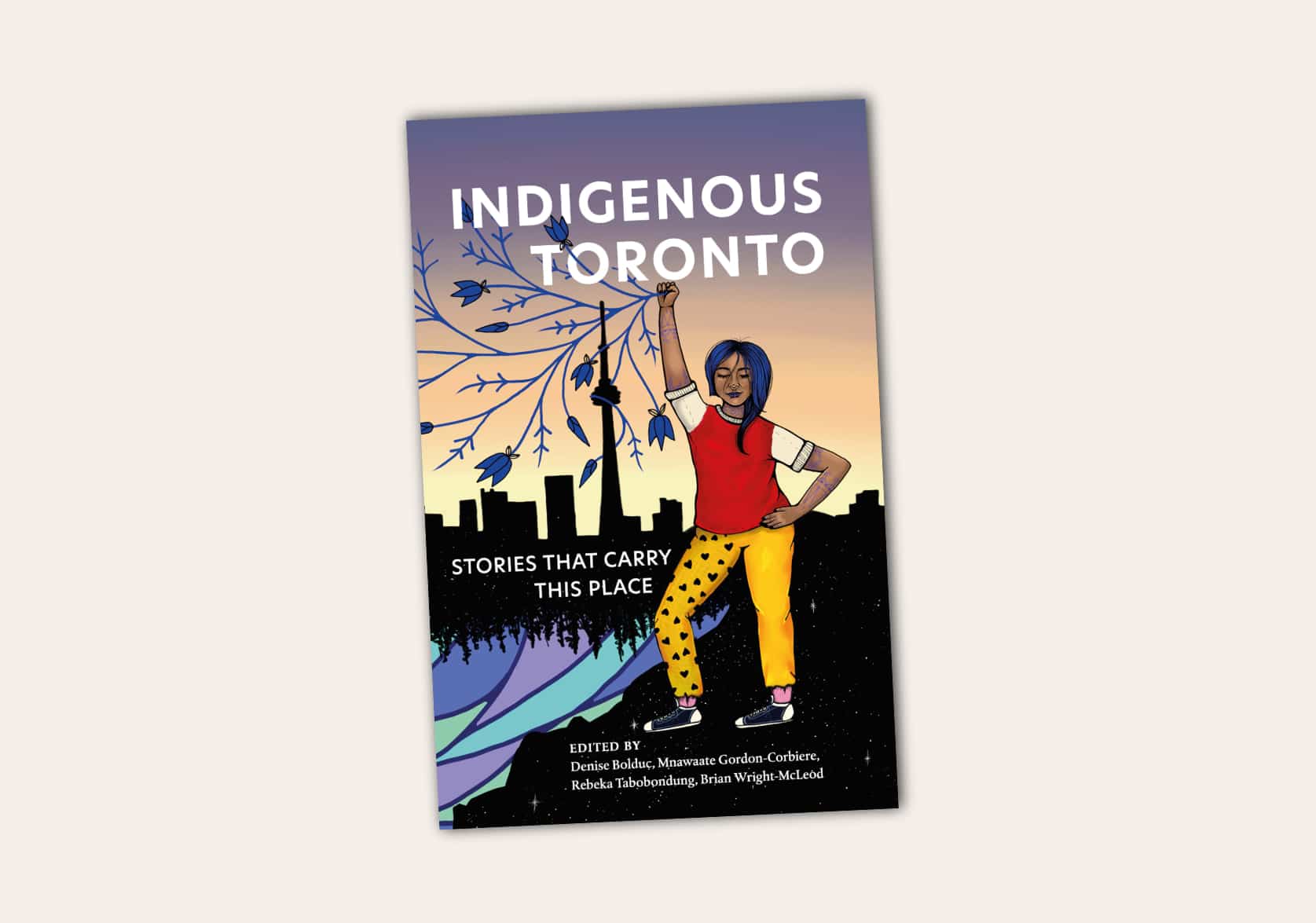The Toronto Book of the Dead by Adam Bunch
C$21.99
Paperback, 424 pages, ISBN: 9781459738065
Published by Dundurn Press, 2017
Buy this book from independent bookstores or those who support them:
Canada only (select your indie bookshop):
US only (Bookshop.org):
UK only (Bookshop.org):
(Young W may make a small commission if you buy this book via the links on this page. Please note that prices may vary from the one listed here.)
From the publisher:
Exploring Toronto’s history through the stories of its most fascinating and shadowy deaths.
If these streets could talk…
With morbid tales of war and plague, duels and executions, suicides and séances, Toronto’s past is filled with stories whose endings were anything but peaceful. The Toronto Book of the Dead delves into these: from ancient First Nations burial mounds to the grisly murder of Toronto’s first lighthouse keeper; from the rise and fall of the city’s greatest Victorian baseball star to the final days of the world’s most notorious anarchist.
Toronto has witnessed countless lives lived and lost as it grew from a muddy little frontier town into a booming metropolis of concrete and glass. The Toronto Book of the Dead tells the tale of the ever-changing city through the lives and deaths of those who made it their final resting place. The book
- explores the history of Toronto through the final moments of the famous (and infamous) who made it their final resting place.
- explores the history of Toronto from the macabre but intriguing perspective of its most notable deceased denizens
- is filled with a wide variety of fascinating and macabre stories, most of them unknown to a wide audience
- covers the entire history of the city: from long before the first Europeans arrived all the way through to the modern metropolis of today
- features an informal, entertaining style — proving that Canadian history doesn’t have to be boring
The author spent years digging through the history of Toronto, finding the most fascinating stories the city has to offer, and sharing them on his Toronto Dreams Project blog (www.torontodreamsproject.com). The Toronto Dreams Project earned an honourable mention for a Governor General’s History Award.
Praise for The Toronto Book of the Dead:
“What a great storyteller!” — Matt Galloway, Metro Morning
“Adam Bunch has hit upon the clever idea of recounting the stories of dead men and women who once lived in Toronto to bring the history of our patch to vivid life.” —Toronto Star
“Like taking a tour of Toronto, with a very knowledgeable tour guide who knows the more somber parts of the city’s past.” —Literary Treats
“Bunch is a skilled storyteller. In The Toronto Book of the Dead he brings the city’s diverse former inhabitants to life and reanimates the places we know with their stories. The result is an engaging and often suspenseful series of vignettes — a love letter to the city he calls home.” — Jennifer Bonnell, Assistant Professor, Department of History, York University
“Sometimes gross, always engrossing, Bunch weaves well-known Toronto histories with those that should — and thanks to Bunch’s efforts — will be better known. With compelling storytelling and evocative geographies, The Toronto Book of the Dead brings Toronto’s history uncannily to life.” — Daniel Rotsztain, author of All the Libraries Toronto
About the author:
Adam Bunch
is the creator of the Toronto Dreams Project (torontodreamsproject.com), and has written about the history of the city for Spacing Magazine, Torontoist and the Huffington Post. In 2012, he earned an honourable mention for a Governor General’s History Award. Adam lives in Toronto.
Table of Contents:
Foreword: Toronto’s Dead History Is Quite Alive by Shawn Micallef
Introduction
Founding
1. The Feast of the Dead
2. The Beaver Wars
3. Elizabeth Simcoe’s Nightmare
4. The Murder of Chief Wabakinine
5. The Town’s First Hanging and How It Went Wrong
6. Whatever Happened to Peggy Pompadour?
The War of 1812
7. The Battle of York
8. The Bloody Burlington Races
9. The True Story of Toronto’s Island Ghost
Democracy
10. The Deadly Duel
11. The Blue Death
12. Revolution! Ish!
13. The Grisly Grave of Robert Baldwin
The Booming Metropolis
14. Black ’47 in the Orange City
15. Abraham Lincoln’s Shawl
16. Cannonball
17. A Brief History of the Pigeons of Toronto
18. The Tooth
19. The Crooked Knight of Casa Loma
The Great Wars
20. The Group of Seven on the Western Front
21. The Night of the Drowning Nurses
22. The Great Beyond
23. The Most Dangerous Woman in the World
24. I’ll Never Smile Again
25. Journey’s End
26. How Toppy Topham Died
27. Toronto Hearts Stalingrad
The Modern City
28. Disaster!
29. Neil Young’s Hearse and a Dead Man’s Name
30. Shoeshine Boy
31. No Sad Songs
32. The Falling Lawyer
Conclusion: The Work of Remembering
Acknowledgements
Selected Bibliography and Further Reading
Excerpt:
The dead keep silent watch over the Don Valley. There are tens of thousands of them there, their bones buried in the soil not far south of Bloor Street. Their gravestones are hidden beneath the grand old trees that loom above the western slope. Even if you know they’re there, it’s easy to forget them as you rumble across the Bloor Viaduct on a subway or zip by in a car. But many of them have been resting in the earth on the edge of the valley since long before the Viaduct existed or a highway roared below. Some have been there for more than 150 years, since the Necropolis cemetery first opened its gates.
The Necropolis was a new kind of graveyard. Garden cemeteries were all the rage in the middle of the 1800s. As Victorian cities became more and more crowded, the question of where to bury the dead was a growing concern. There were more people dying than there was space left to bury them — churchyards were filled to overflowing, and shallow burials meant bodies could easily be uncovered by a heavy rain or a curious dog. The living and the dead were being forced into ever closer quarters.
In response, cities began to open large green spaces on the outskirts of town, where the living could visit the dead in the quiet of a pastoral setting, far from the rush and roar of urban life. The new burial grounds of the “cemetery beautiful” movement were as much parks as they were boneyards.
The Toronto Necropolis fit that new mould. The old Potter’s Field cemetery at Yonge and Bloor was quickly reaching capacity and would soon be closed: a petition from Yorkville residents demanded the dead be evicted from their neighbourhood. Thousands of bodies — including some of the city’s early settlers — were dug up out of the ground and moved to a new home.
The Necropolis was opened for them on a more peaceful spot: perched atop the verdant slopes of the Don Valley; a scenic place filled with trees. A small chapel was designed by one of the city’s leading architects, complete with a beautiful white archway that serves as an entrance to the cemetery — a portal through the black iron fence into the graveyard beyond. It feels like a gateway into another world.
That’s not by accident. ‘Necropolis’ is an ancient Greek term: “city of the dead.” And Toronto’s Necropolis does feel something like its own city. (In fact, with a population of 62,000 residents, there are more dead people buried inside the Necropolis than there are people living in all of Fredericton, New Brunswick.) Even today, the Necropolis gives the impression of being a place separate from the modern world. On one side of that graceful white arch: the city of the living. On the other: the city of the dead.
At first, people flocked to the new garden cemeteries in droves. Those elegant graveyards became centres of social life. They were founded in a time before large city parks were common and in the days before many public art galleries and museums had opened their doors. Garden cemeteries became a way for large numbers of people to enjoy green space, appreciate fine sculpture, and explore local history.
In time, as urban populations continued to boom, those pastoral cemeteries on the edge of town were swallowed up by the cities they served. Over the last century and a half, Toronto has grown from a provincial outpost of thirty thousand to a cosmopolitan metropolis of millions. As the city has expanded, many of the graveyards that used to stand well outside its borders now find themselves surrounded by the loud chaos of modern life.
St. Michael’s Cemetery, one of the area’s first Catholic graveyards, used to stand at the edge of a deer park in the rural reaches north of the city; now it has disappeared behind the office towers of Yonge and St. Clair. Richview Memorial Cemetery was once a quiet resting place for Etobicoke’s early settlers; now it stands in the middle of a deafening highway interchange. St. James Cemetery, the city’s oldest graveyard still in operation, sits in the shadows of the St. James Town apartment blocks — one of the most densely populated neighbourhoods on the continent.
The Necropolis, originally outside the official boundaries of the city, now finds itself right in the heart of Toronto. The quiet of the graveyard is broken by the hum of traffic in the valley below. As dusk descends, the silver lights of skyscrapers wink on in the distance.
Paradoxically, even as garden cemeteries found themselves surrounded by ever growing numbers of people, their popularity declined. For the Victorians who built them, death was still very much a part of daily life. But in the 1900s, as mortality rates dropped, religion became less popular, and parks and art galleries became more common, the number of visitors to garden cemeteries dwindled. Today, graveyards like the Necropolis still attract joggers, cyclists and flâneurs — as well as some mourners — but they aren’t the social hubs they once were.
In time, left increasingly alone in their walled gar¬dens, the dead became easier to forget. Their graves were no longer a constant of everyday life; they weren’t outside the church every Sunday as townspeople went to pray. The dead were now locked away in their own parallel cities, kept safe behind wrought iron fences, mortality contained.
And so, it became easier than ever to imagine the city of the dead and the city of the living as two distinct realms.
I’ve been spending a lot of time in graveyards recently — since the summer of 2010, to be exact. That’s when I launched the Toronto Dreams Project. The project explores the history of the city in many different ways — including a blog where several of the stories in this book originally appeared — but it’s centred around a series of fictional dreams about people from the city’s past. I print copies of each dream on custom-designed postcards and leave them in public places related to the true story of that person’s life.
And there are few places with a more powerful connection to a person’s life than the place where they lie buried. The Dreams Project has sent me venturing into the land of the dead on a regular basis, passing through the gates we keep between ourselves and our ancestors, wandering among their bones in search of gravestones bearing familiar names.
There are many of those in the Necropolis. It’s home to some of the most fascinating figures from the history of Toronto: William Lyon Mackenzie, the mayor who became a rebel; George Brown, Father of Confederation and founder of the ‘Globe’ newspaper, fatally shot by a disgruntled employee; the Abbotts and the Blackburns, who escaped racial persecution in the United States and helped make Toronto a vital stop at the end of the Underground Railroad; Joseph Tyrrell, the geologist who uncovered dinosaur bones in Alberta; Kay Christie, the nurse who survived a POW camp in Hong Kong; Jack Layton, the leader of the New Democratic Party felled by cancer before his time. Some of their stories even appear in this book.
There are very few experiences that bring the history of the city more vividly to life than spending time among the dead: standing at their gravesides above bones that were once part of a living, breathing, feeling body, contemplating the lives they led. The more time you spend with them, the clearer it becomes: the boundary between the city of the dead and the city of the living is an illusion. The dead are not so easily contained. Cemeteries cannot hold them.
Toronto — like every city — is a city of the dead. It’s the collective creation of all those who have come before us. Their homes are our homes, their roads are our roads, their traditions are our traditions, their stories are our stories. The dead are all around us. They haunt our every waking moment whether we realize it or not.
And so, by understanding the dead — how they lived, how they died, how they mourned — we can better understand ourselves and our city. To know the Toronto of today, it helps to know those stories: of recently deceased loved ones with fresh flowers on their graves, of Victorians interred within the confines of their garden cemeteries, of early settlers laid to rest in small churchyards, of the First Nations and their ancestors who have been buried in the land beneath our feet for thousands upon thousands of years.
You can tell the history of Toronto, from a time long before the first Europeans arrived all the way to the modern metropolis of today, through tales of its dead. After all, every story ends the same way.
(Credits: Book cover image and publisher’s description have been retrieved from BiblioShare.)
Buy this book from independent bookstores or those who support them:
- Canada only (select your indie bookshop):







